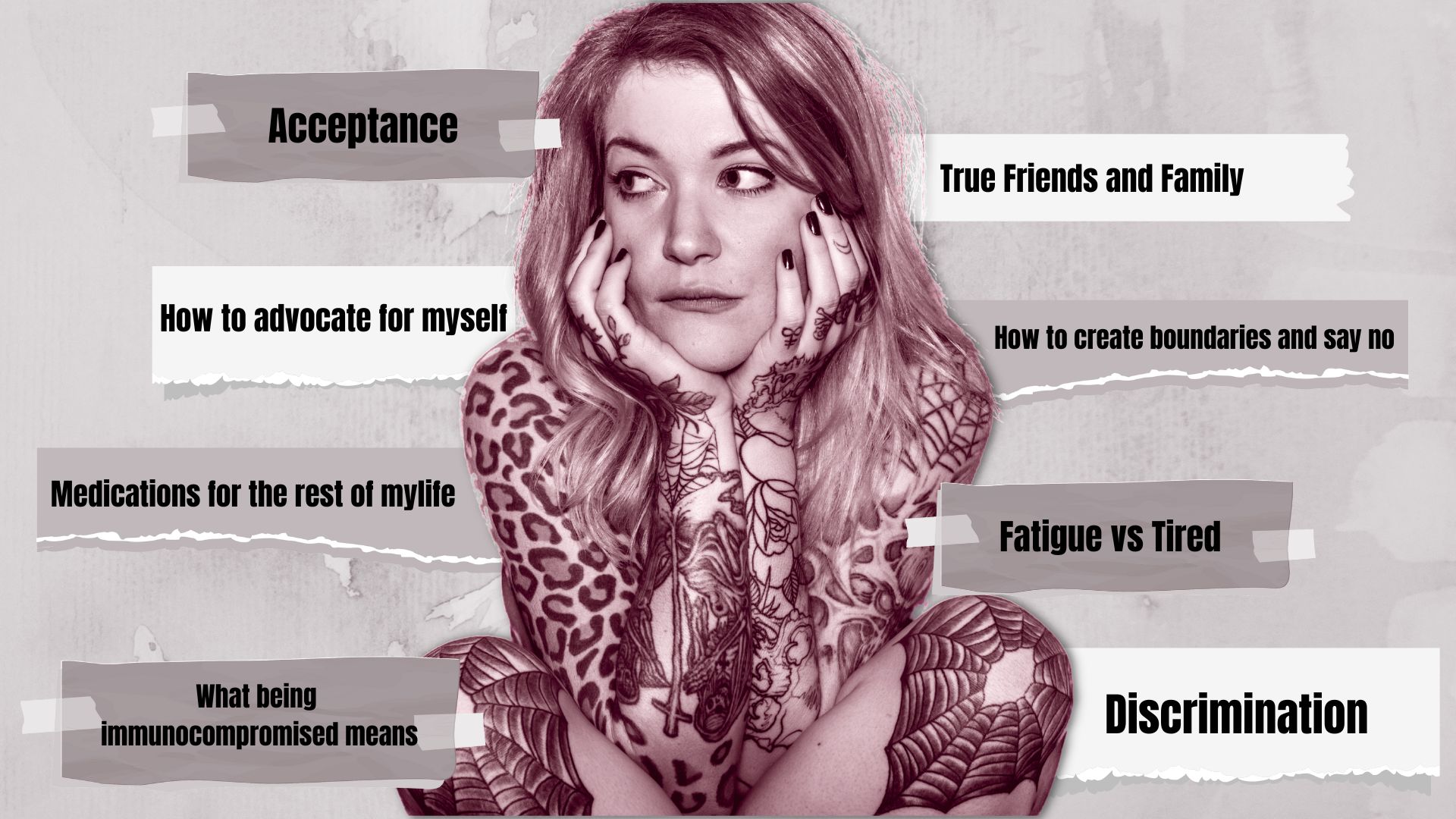About Osteoporosis
Osteoporosis occurs when your body no longer creates new bone as quickly as it removes old bone, resulting in weak and brittle bones that are abnormally porous and compressible, like a sponge. As bones weaken and become more brittle, a fall or even a mild stress like coughing can cause the bones to break – most typically in the hip, wrist or spine.
Osteoporosis Prevalence
As many as 54 million American adults age 50 and older are affected by osteoporosis and low bone mass, according to the National Osteoporosis Foundation. Men and women of all races can be diagnosed, but white and Asian women, particularly post-menopausal women, have the highest risk. The first sign that someone has it is typically a bone fracture. Osteoporosis can be suspected based on X-ray, but it can only be confirmed by tests that measure bone density.
Causes of Osteoporisis
Bone loss is a natural part of aging. After age 35, both men and women normally lose up to 0.5 percent of their bone density per year. Your risk of developing osteoporosis depends in part on how much bone mass you built up during your youth – the more bone mass you have accumulated, the less likely you are to develop osteoporosis as you get older.
There are a number of additional factors, some controllable and some not, that increase your risk. Uncontrollable risk factors include: being female, over age 50, going through menopause, a family history of osteoporosis (especially if your mother or father experienced a hip fracture), being Caucasian or Asian and having a small/thin body frame. A woman’s loss of bone increases dramatically after menopause because estrogen plays a large role in maintaining bone density, and estrogen levels drop after menopause. Thyroid hormone also plays a role: too much thyroid hormone – from an overactive thyroid or taking too much thyroid hormone medication to treat an underactive thyroid – can cause bone loss.
The controllable risk factors include not getting enough calcium and vitamin D in your diet, not eating enough fruits and vegetables, not exercising/being inactive, smoking and drinking too much alcohol. Certain medications can also cause osteoporosis, including long-term use of the blood thinner heparin, anti-seizure medications such as phenytoin and phenobarbital, and long-term use of oral corticosteroids.





